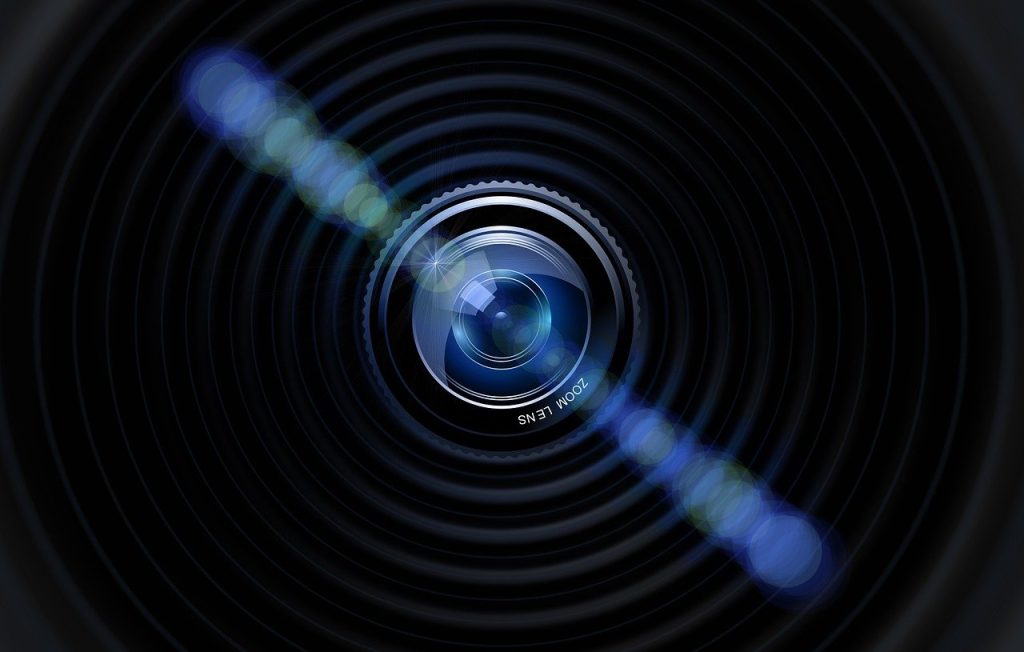Ghost in the Shell – A Problematic Casting?

Ghost in the Shell is a successful Japanese franchise based on the manga of the same name, created by Masamune Shirow. Its engaging story and cyberpunk theme have captured a generation of manga readers.
Ghost in the Shell tells the story of a futuristic Japanese society where people are using cybernetic parts to enhance their abilities, thus becoming “a ghost in their shell”. The main story revolves around a police unit that investigates cybercrimes, with the protagonist being the operative Motoko Kusunagi – a cyborg with a human brain and military-grade abilities.
Fans are always looking for more renditions of the story either another comic or anime, but one controversial addition to the canon was the Hollywood take on the manga, also titled Ghost in the Shell.
Many fans were excited to see a big budget production of their favourite manga series, but that was until it was announced who’d play Motoko Kusunagi – Scarlett Johansson.

People were appalled by the decision to cast a Caucasian woman in a prominent Japanese role. The media was also up in arms about the casting decision, but not all fans agreed. Some said that Johansson was appropriate for the role due to the nature of the character of Motoko.
In this article, we will look at both sides of this debate, which could create a broader conversation as to whether productions should always try to offer roles to people of the same ethnicity as the character they portray on screen.
Opinions Against the Casting
Immediately after it was announced that Scarlett Johansson would play Motoko, the media fired up. The production was accused of whitewashing, or casting white actors for characters of non-white backgrounds. Admittedly, Hollywood is guilty as charged on that, especially when it comes to Asian characters.
In the past, Asian roles would usually go to non-Asian actors. The most notorious and highly offensive casting choices include Richard Barthelmess as Cheng Huan in Broken Blossoms (1919), John Wayne as Genghis Khan in The Conqueror (1956) and Mickey Rooney as Mr. Yunioshi in Breakfast at Tiffany’s (1961).
All of these productions are rightfully accused of using yellowface or changing the appearance of a white actor with make-up and/or prosthetics to make them appear East Asian. These three actors wore heavy make-up, prosthetics and squinted their eyes, thus creating an offensive caricature of East Asian people.
Some people nowadays are claiming that giving any Asian role to a non-Asian actor is guilty of the same bias against Asian actors as the past productions that used yellowface. There are good reasons for the outrage.
Since Asian characters are not often seen headlining big Hollywood films, when a script asks for one and the production hires an actor of a different race instead, this takes away acting opportunities from Asian actors who are already rarely represented on screen.
Only recently, Michelle Yeoh became the first Asian woman to win the Academy Award for Best Actress, so that says something about representation.
In addition, some believe that you cannot have an authentic portrayal of a specific ethnicity unless you belong to it. Culture is exhibited in many ways such as way of thinking and conveying oneself, so there’s indeed merit to that criticism.
Opinions Supporting the Casting
There is something quite interesting about the fans who support Johansson’s casting as Motoko – many of them are Japanese. Indeed, fans of Ghost in the Shell in Japan have generally been passively or actively supportive of Johansson playing their favourite character.
In Japan, the film had a successful opening weekend and debuted in second place in its first week. The film also made a lot of money in China, debuting as the number one feature of the week.
One argument that Japanese fans often use in defense of Johansson and the production is that Motoko is a cyborg, not a biological human of Japanese descent. Since only her mind is human, but her body is cybernetic, Motoko might not even have to look Japanese.
In addition, Motoko’s face and body was created in a way to make her look inconspicuous to the general population, so they don’t find out about her special abilities. Since the 2017 film features many white characters, Scarlett as Motoko could easily blend in her surroundings.
Furthermore, many fans of the manga have pointed out that Motoko in the manga and in the anime had European features, thus further reinforcing the idea that she could be played by a white actress. In fact, the creator of the first Ghost in the Shell anime, Mamoru Oshii, said the criticism of whitewashing was baseless.
The last poignant argument in defense of the casting choice is that the original source is a manga, a drawn comic with fictional characters and as such it does not inherently warrant actors from a specific race or ethnicity.
Your Thoughts
As you can see, both sides of the aisle have very interesting and strong arguments as to why the film adaptation of Ghost in the Shell should have or should not have casted a white actress to portray the protagonist.
Let us know what you think about that and about casting choices in TV and film adaptations of written fiction.



